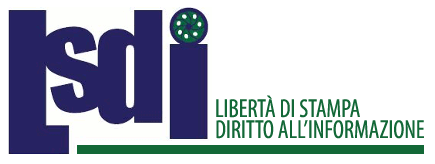Un anno di risultati contrastanti per il quotidiano che abbandonò la carta per il web
Crescono lettori e ricavi, ma la pubblicità cresce troppo lentamente, tanto che la testata è stata costretta a fare tagli di organico
——– Â
Un anno dopo la sua decisione di abbandonare definitivamente la carta per il web, il Christian Science Monitor pensa di aver centrato il suo obbiettivo. I suoi utenti unici mensili – rileva 233.grados.com – sono cresciuti in questo periodo del 64%, toccando i 5,3 milioni, mentre le pagine viste – a quota 14,5 milioni – sono aumentati dell’ 87%, con ricavi pari a 4,3 milioni di dollari (3,21 milioni di euro), più del previsto. Nonostante questo però la pubblicità è cresciuta più lentamente (con ricavi pari a 500.000 dollari, 373.608 euro), tanto che il giornale ha dovuto effettuare dei tagli nell’ organico per far quadrare i conti.
Subito dopo aver abbandonato la carta, il Monitor aveva aggiunto alla sua offerta su internet un settimanale cartaceo e una newsletter digitale quotidiana in abbonamento per 84 dollari (62,76 euro) l’ anno.Â
La testata pensa quindi di essere riuscita a centrare i suoi obbiettivi ed è convinta che continuerà a crescere, dice il suo direttore, John Yemma. Tra l’ altro il settimanale è passato dalle 43.000 alle 77.000 copie, con una crescita del 79%.
Il Monitor conta ancora su fondi della chiesa che lo fondò, la First Church of Christ, anche se i suoi dirgenti sperano di poter diventare economicamente indipendenti entro quattro anni.




